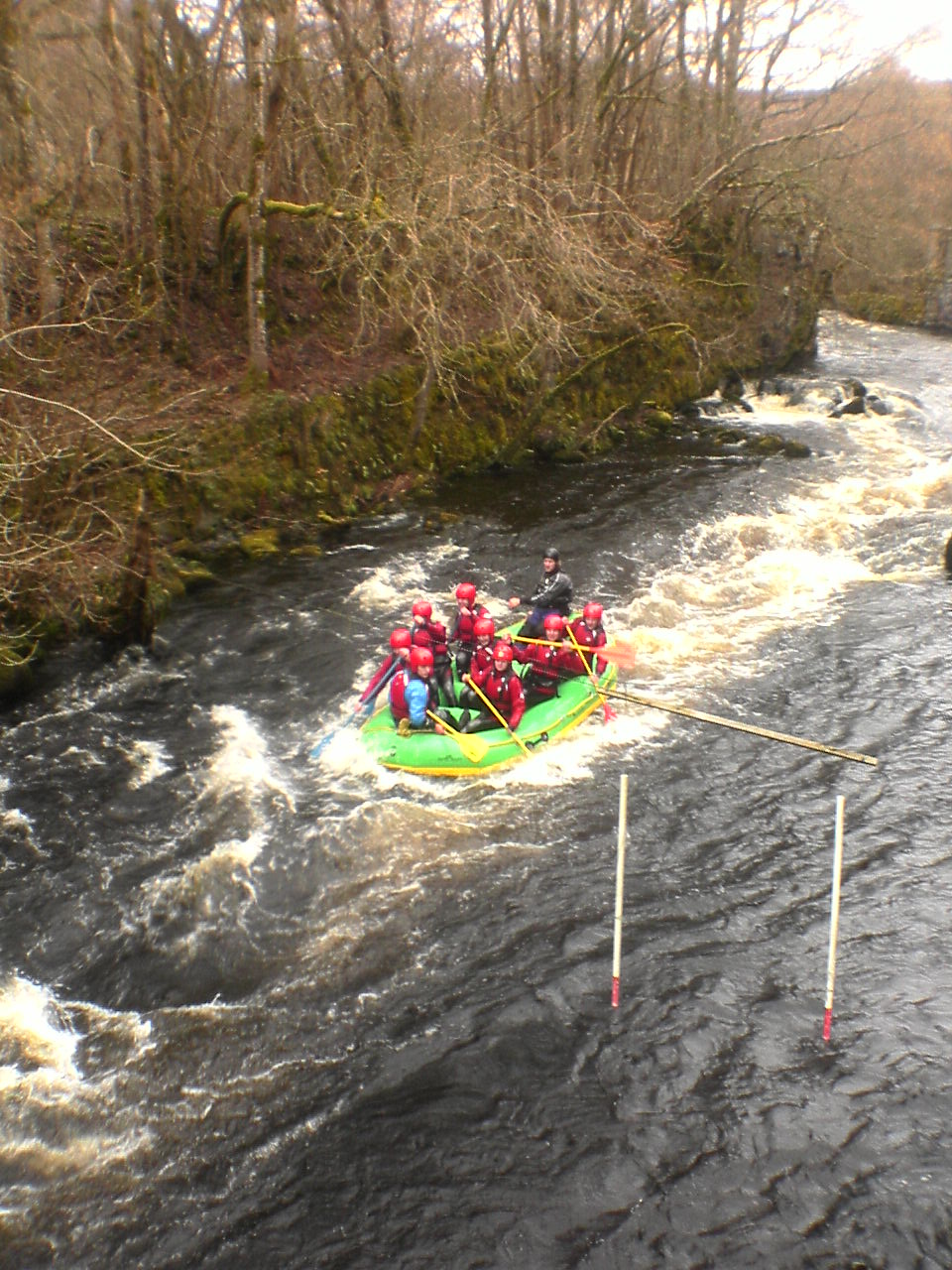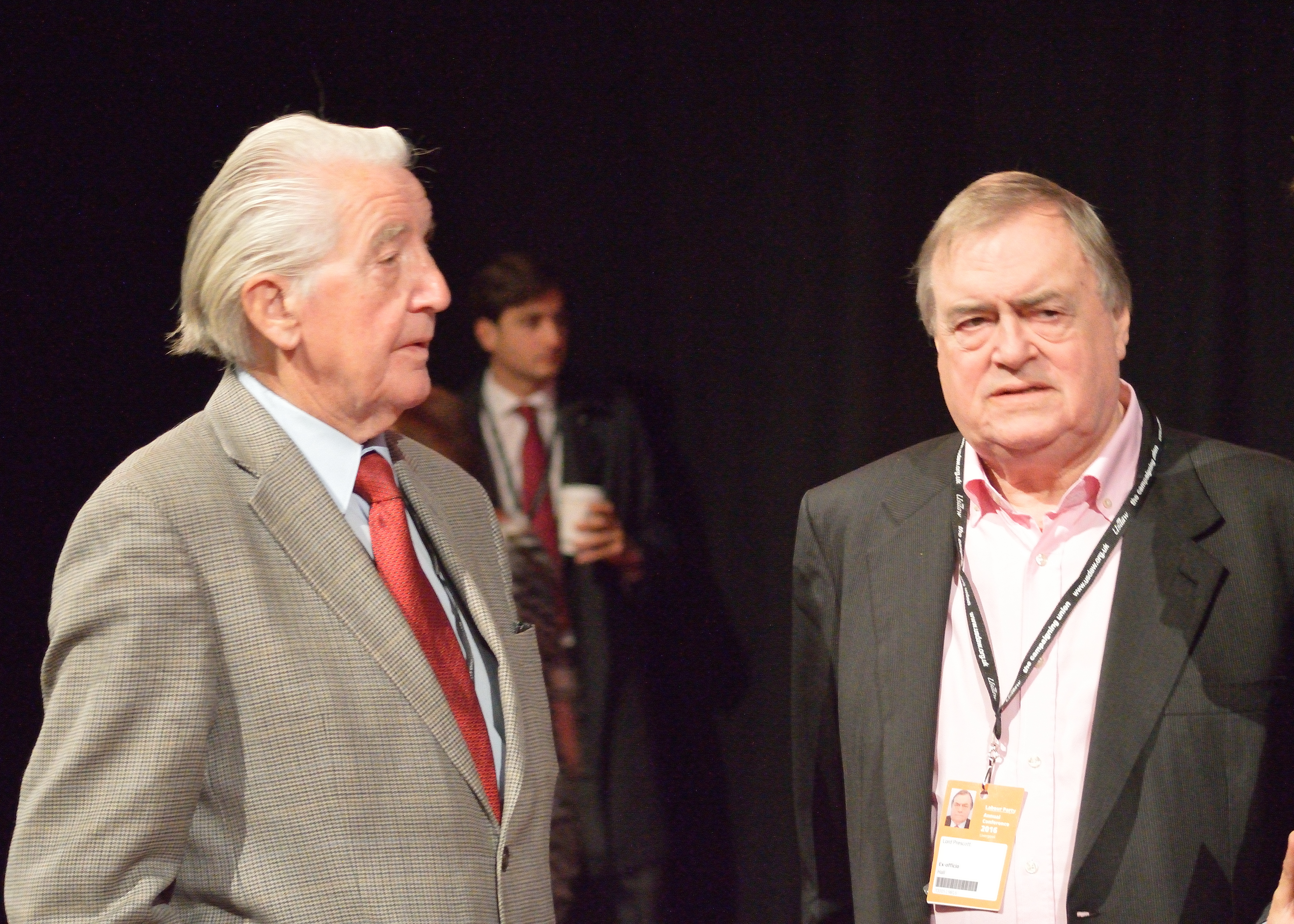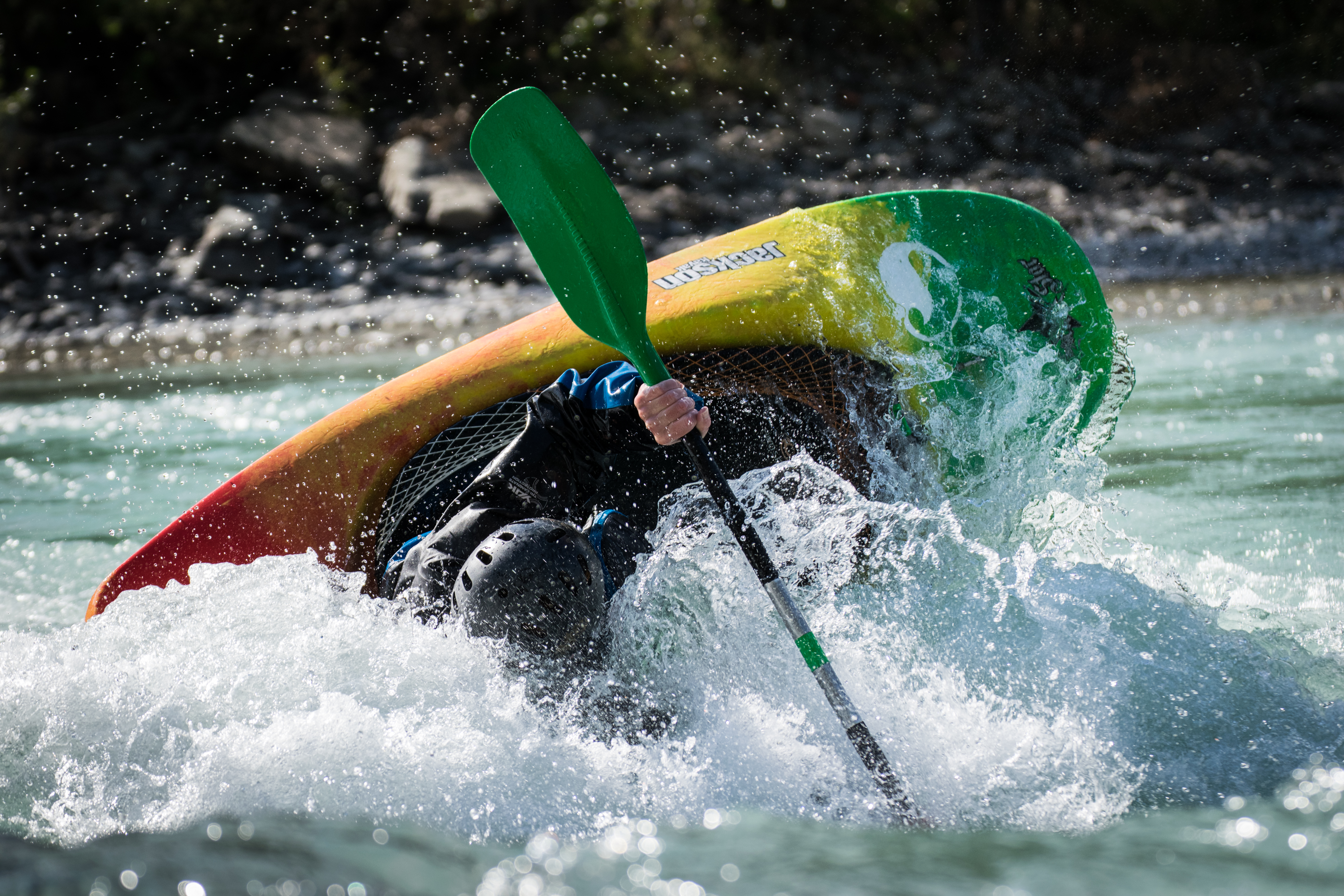|
Afon Tryweryn
The Tryweryn is a river in the north of Wales which starts at Llyn Tryweryn in the Snowdonia National Park and after joins the river Dee at Bala. One of the main tributaries of the Dee, it was dammed in 1965 to form Llyn Celyn, drowning the village of Capel Celyn in spite of much popular and political opposition in Wales. The resulting graffiti "Cofiwch Dryweryn" ("Remember Tryweryn") near Llanrhystud became and remains a popular icon of Welsh feeling. Water is stored in Llyn Celyn in winter when flows are high, and released over the summer to maintain the flow in the Dee (water from the Dee is used as the water supply for large areas of north-east Wales, and for the Wirral and much of Liverpool in England. Whitewater sports The Tryweryn River joins the River Dee roughly half a mile downstream from llyn Tegid. The reservoir now at the head of the Tryweryn was created in 1965, to provide water to Liverpool. At that time, the 67 inhabitants of the village of Capel Celyn we ... [...More Info...] [...Related Items...] OR: [Wikipedia] [Google] [Baidu] |
Capel Celyn
Capel Celyn was a rural community to the northwest of Bala in Gwynedd, Wales, in the Afon Tryweryn valley. The village and other parts of the valley were flooded in 1965 to create a reservoir, Llyn Celyn, in order to supply Liverpool and Wirral with water for industry. At the time the village was one of the few remaining that were Welsh speaking. The flooding of the village was controversial as Liverpool City Council did not require planning consent from the local Welsh authorities as the reservoir was approved via an Act of Parliament. As a consequence there was no local debate on the proposal. Etymology is Welsh Welsh may refer to: Related to Wales * Welsh, referring or related to Wales * Welsh language, a Brittonic Celtic language spoken in Wales * Welsh people People * Welsh (surname) * Sometimes used as a synonym for the ancient Britons (Celtic peopl ... for chapel, while is Welsh for holly. Flooding When the valley was flooded in 1965, the village and its bui ... [...More Info...] [...Related Items...] OR: [Wikipedia] [Google] [Baidu] |
Canolfan Tryweryn
Canolfan Tryweryn is the National White Water Centre for Wales, and is based near Bala in north Wales. It developed the first commercial white water rafting operation in the UK in 1986, and since then has grown to become the largest and one of the most well-known rafting organisations in the UK. The centre is home to paddlesport National Governing Body Canoe Wales. The National White Water Centre is ideal for canoeing, kayaking, play-boating and coached groups who sometimes run BCU/ CW Star Awards. The River Tryweryn The Tryweryn is a river in north Wales. It flows from Llyn Celyn in the Snowdonia National Park and after 19 km (12 miles) joins the river Dee at Bala. It is one of the main tributaries of the Dee and has been dammed to form Llyn Celyn. Water is stored in winter when flows are high, and released over the summer to maintain the flow in the Dee, meaning that the river often has suitable water levels for kayakers and rafters at time of year when nat ... [...More Info...] [...Related Items...] OR: [Wikipedia] [Google] [Baidu] |
Rivers Of Gwynedd
A river is a natural flowing watercourse, usually freshwater, flowing towards an ocean, sea, lake or another river. In some cases, a river flows into the ground and becomes dry at the end of its course without reaching another body of water. Small rivers can be referred to using names such as creek, brook, rivulet, and rill. There are no official definitions for the generic term river as applied to geographic features, although in some countries or communities a stream is defined by its size. Many names for small rivers are specific to geographic location; examples are "run" in some parts of the United States, "burn" in Scotland and northeast England, and "beck" in northern England. Sometimes a river is defined as being larger than a creek, but not always: the language is vague. Rivers are part of the water cycle. Water generally collects in a river from precipitation through a drainage basin from surface runoff and other sources such as groundwater recharge, springs, ... [...More Info...] [...Related Items...] OR: [Wikipedia] [Google] [Baidu] |
Llanycil
Llanycil is a community in the county of Gwynedd, Wales, near Bala, and is 99.9 miles (160.7 km) from Cardiff and 176.2 miles (283.6 km) from London. In 2011 the population of Llanycil was 416 with 80.4% of them able to speak Welsh. The community includes the small settlements of Parc, Rhyd-uchaf and Llidiardau. It is a very sparsely populated community covering about 83 square kilometres. The mountain Arenig Fawr is within the community. The former church in the community was dedicated to St Beuno and now houses the Mary Jones World heritage centre. Thomas Charles (1755-1814) of Bala, the Calvinistic Methodist minister and founder of the British and Foreign Bible Society, is buried in the village churchyard.Article by Edwin Welch. The hamlet of Parc, Llanycil is known for the branch of the Women's Institute which in 1967 broke away when the movement began to insist on the English language, and founded Merched y Wawr, which uses solely Welsh. Notable people *Betsi C ... [...More Info...] [...Related Items...] OR: [Wikipedia] [Google] [Baidu] |
Llandderfel
Llandderfel is a village and a sparsely populated community in Gwynedd, Wales, near Bala, formerly served by the Llandderfel railway station. The community also includes the settlements of Glan-yr-afon, Llanfor, Cefnddwysarn and Frongoch. The Community population taken at the 2011 census was 1,095. Palé Hall Palé Hall was built in 1871, on the site of an older manor house in Llandderfel. It was designed by Samuel Pountney Smith of Shrewsbury for Henry Robertson MP, a railway engineer and local landowner. The house was used as a military hospital in World War I and a home for evacuated children in World War II. The Robertson family sold the estate to the Duke of Westminster in the 1950s. The church of St Derfel The parish church of Llandderfel (Saint Dervel) is part of the diocese of St Asaph and is mentioned in the Papal Registers of the late 15th century. The poet Dewi Havhesp is buried at Llandderfel church yard. There are sheep that graze in the church yard. A Ce ... [...More Info...] [...Related Items...] OR: [Wikipedia] [Google] [Baidu] |
John Prescott
John Leslie Prescott, Baron Prescott (born 31 May 1938) is a British politician who served as Deputy Prime Minister of the United Kingdom from 1997 to 2007 and as First Secretary of State from 2001 to 2007. A member of the Labour Party, he was Member of Parliament (MP) for Kingston upon Hull East for 40 years, from 1970 to 2010. He was seen as the political link to the working class in a Labour Party increasingly led by modernising, middle-class professionals such as Tony Blair and Peter Mandelson and developed a reputation as a key conciliator in the often stormy relationship between Blair and Gordon Brown. Born in Prestatyn, Wales, in his youth Prescott failed the eleven-plus entrance exam for grammar school and worked as a ship's steward and trade union activist. He went on to graduate from Ruskin College and the University of Hull. In the 1994 Labour Party leadership election, he stood for both the leadership and deputy leadership, winning election to the latter offic ... [...More Info...] [...Related Items...] OR: [Wikipedia] [Google] [Baidu] |
Rivers Access Campaign
The Rivers Access Campaign is an ongoing initiative by the British Canoe Union (BCU) to open up the inland waterways of England and Wales to the public. Under current English and Welsh law, public access to rivers is restricted, and only 2% of all rivers in England and Wales have public access rights. Current access situation There are of inland river and canal in England and Wales with navigation rights, and over of inland rivers with no access. England and Wales are unusual in the level of restriction upon their waterways and are considered two of the most difficult places in the world to gain access to rivers. The Countryside and Rights of Way Act 2000 grants a "Right to Roam" specifically to areas of open land comprising: * mountain (land over 600 metres) * moorland * heathland * downland * registered common land In England and Wales there is no blanket right of access to non-agricultural land, unlike Scotland, where the Scottish Parliament passed the 2003 Land Reform ( ... [...More Info...] [...Related Items...] OR: [Wikipedia] [Google] [Baidu] |
Playboating
Canoe freestyle (also known as playboating) is a discipline of whitewater kayaking or canoeing where people perform various technical moves in one place (a playspot), as opposed to downriver whitewater canoeing or kayaking where the objective is to travel the length of a section of river (although whitewater paddlers will often stop and play en route). Specialised canoes or kayaks (boats) known as playboats are often used, but any boat can be used for playing. The moves and tricks are often similar to those performed by snowboarders, surfers or skaters, where the athlete completes spins, flips, turns, etc. With modern playboats it is possible to get the kayak and the paddler completely airborne while performing tricks. The competitive side of playboating is known as freestyle kayaking (formerly called rodeo). Playspots Playspots are typically stationary features on rivers, in particular standing waves (which may be breaking or partially breaking), hydraulic jumps, 'holes' and ... [...More Info...] [...Related Items...] OR: [Wikipedia] [Google] [Baidu] |
Whitewater
Whitewater forms in a rapid context, in particular, when a river's gradient changes enough to generate so much turbulence that air is trapped within the water. This forms an unstable current that froths, making the water appear opaque and white. The term "whitewater" also has a broader meaning, applying to any river or creek that has a significant number of rapids. The term is also used as an adjective describing boating on such rivers, such as whitewater canoeing or whitewater kayaking. Fast rivers Four factors, separately or in combination, can create rapids: gradient, constriction, obstruction, and flow rate. Gradient, constriction, and obstruction are streambed topography factors and are relatively consistent. Flow rate is dependent upon both seasonal variation in precipitation and snowmelt and upon release rates of upstream dams. Streambed topography Streambed topography is the primary factor in creating rapids, and is generally consistent over time. Increase ... [...More Info...] [...Related Items...] OR: [Wikipedia] [Google] [Baidu] |
Whitewater Sports
Whitewater forms in a rapid context, in particular, when a river's gradient changes enough to generate so much turbulence that air is trapped within the water. This forms an unstable current that froths, making the water appear opaque and white. The term "whitewater" also has a broader meaning, applying to any river or creek that has a significant number of rapids. The term is also used as an adjective describing boating on such rivers, such as whitewater canoeing or whitewater kayaking. Fast rivers Four factors, separately or in combination, can create rapids: gradient, constriction, obstruction, and flow rate. Gradient, constriction, and obstruction are streambed topography factors and are relatively consistent. Flow rate is dependent upon both seasonal variation in precipitation and snowmelt and upon release rates of upstream dams. Streambed topography Streambed topography is the primary factor in creating rapids, and is generally consistent over time. Increased f ... [...More Info...] [...Related Items...] OR: [Wikipedia] [Google] [Baidu] |
Rafting
Rafting and whitewater rafting are recreational outdoor activities which use an inflatable raft to navigate a river or other body of water. This is often done on whitewater or different degrees of rough water. Dealing with risk is often a part of the experience. This activity as an adventure sport has become popular since the 1950s, if not earlier, evolving from individuals paddling to rafts with double-bladed paddles or oars to multi-person rafts propelled by single-bladed paddles and steered by a person at the stern, or by the use of oars. Rafting on certain sections of rivers is considered an extreme sport and can be fatal, while other sections are not so extreme or difficult. Rafting is also a competitive sport practiced around the world which culminates in a world rafting championship event between the participating nations. The International Rafting Federation, often referred to as the IRF, is the worldwide body which oversees all aspects of the sport. Equip ... [...More Info...] [...Related Items...] OR: [Wikipedia] [Google] [Baidu] |





.jpg)
